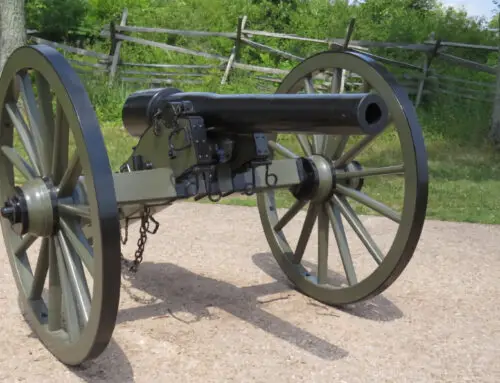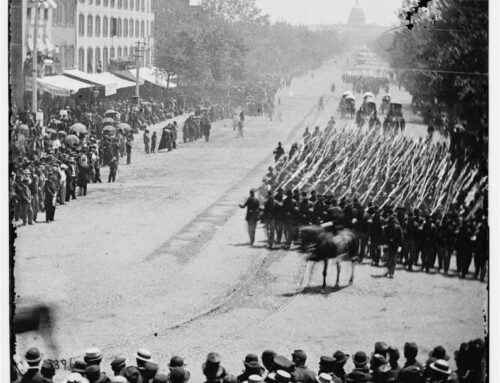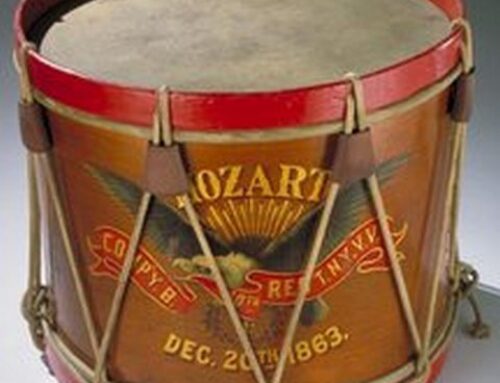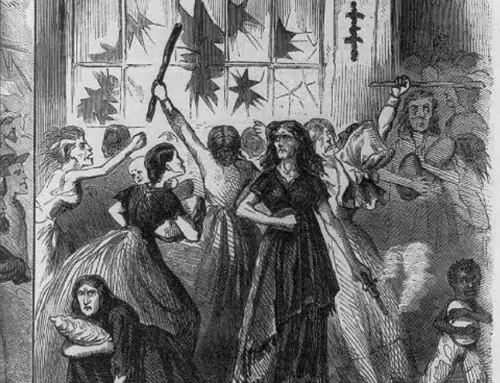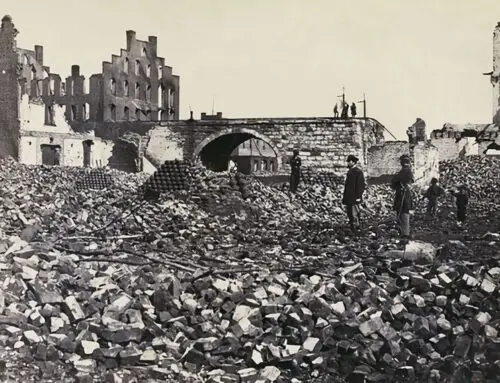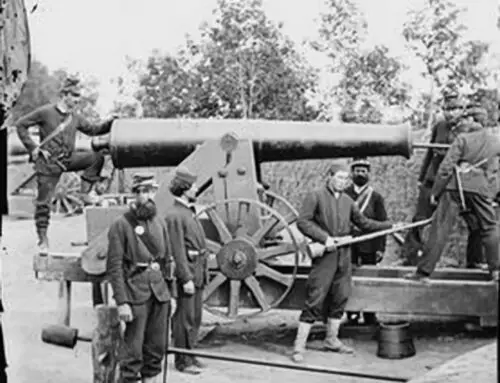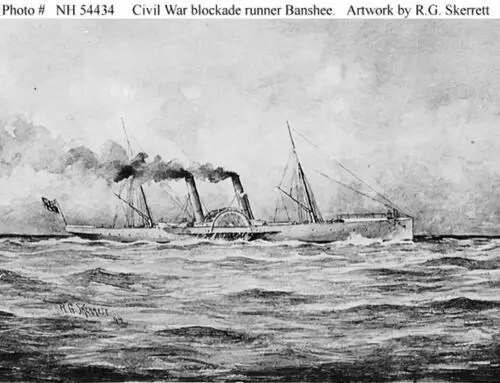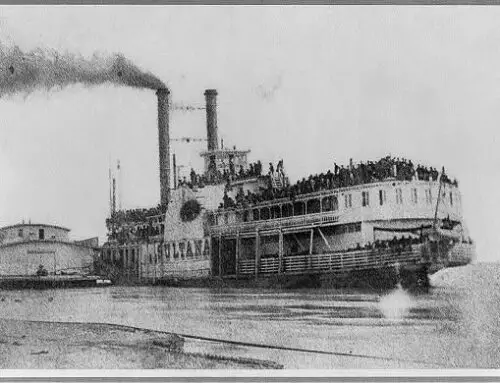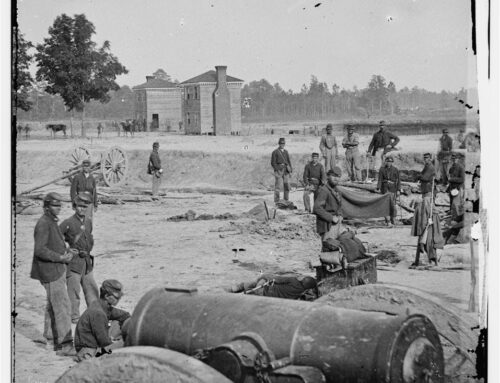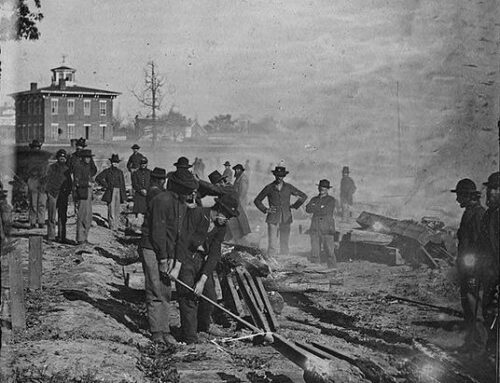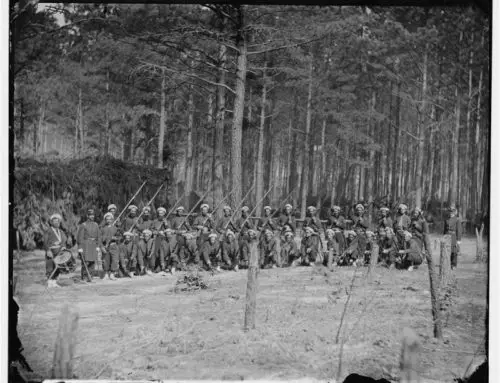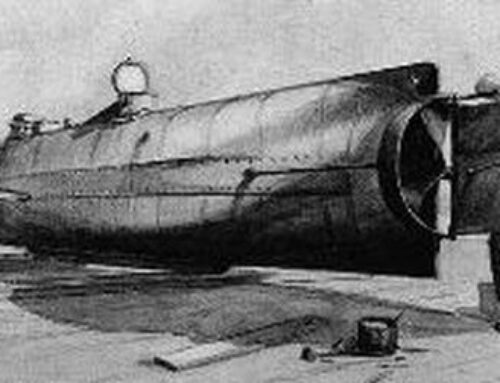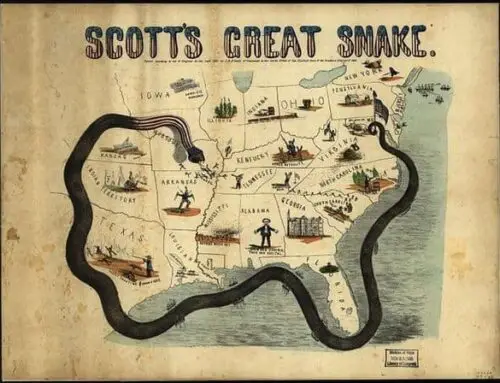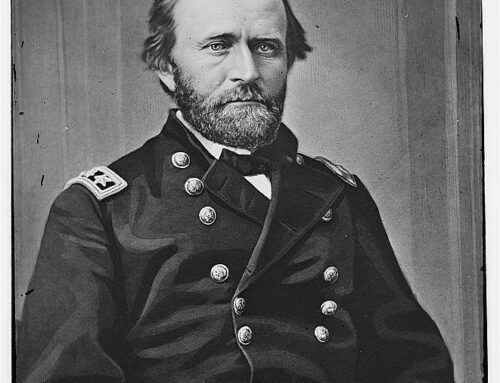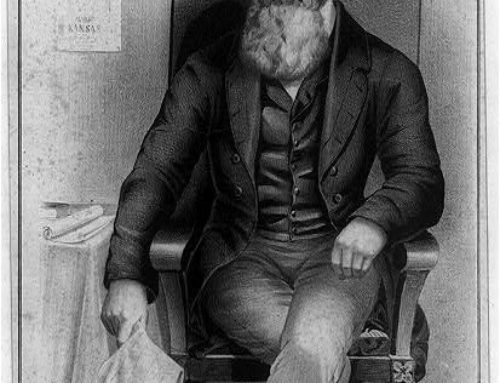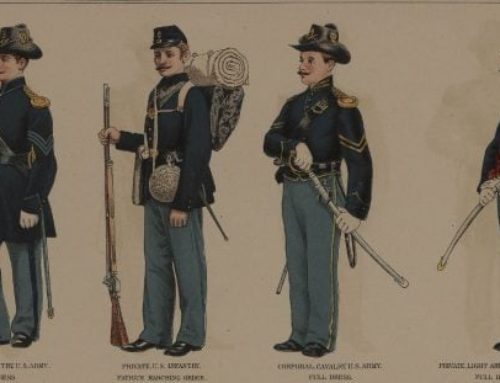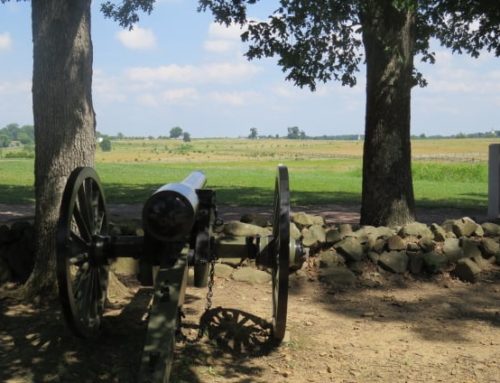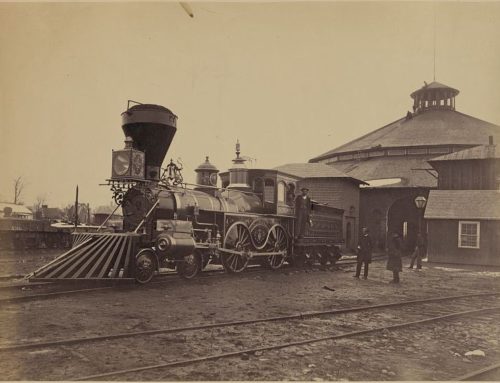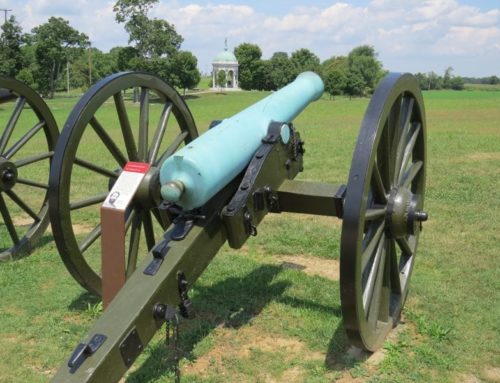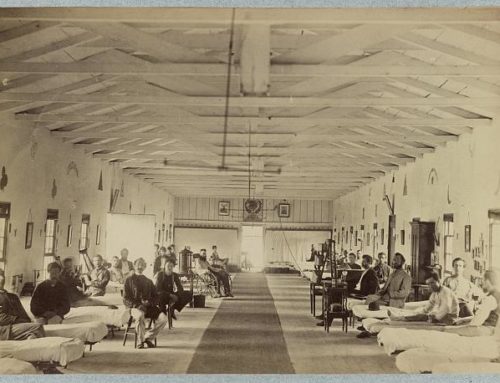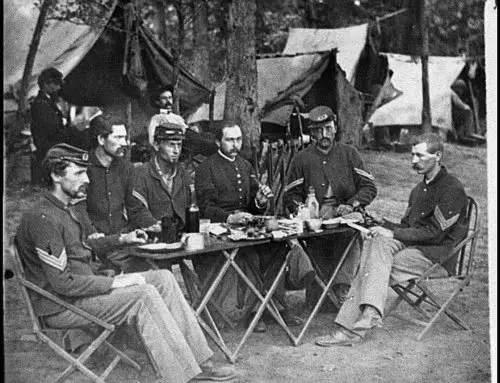The Union railroad train system was far superior to Confederate railroads during the Civil War. The Union had many industrial centers, and therefore could produce more railroads. The Union also had more manpower to maintain the trains. By 1861, two-thirds of all railroads in America were located in northern states.
Another advantage the Union railroads had was that the Union rails were all one gauge. The Confederate railroads were mostly different gauges. The Union armies could transport their men better than the South could, because they could ride from state to state without having to change trains. With the Confederate railways having different gauges, there was a lot of changing trains. Confederate soldiers could not ride from state to state as easily as the Union soldiers could.
The Pacific Railway Act was established in 1862. Lincoln signed this law because it allowed help in construction of railroad and telegraph lines from the Missouri River to the Pacific Ocean. This act also secured the ability for the government to use these same lines for postal, military, and other purposes. This act placed all employees and officers under military authority. Daniel McCallum was placed as superintendent of the U.S railroads.
By the fall of 1864, most southern railways were taken over by Union armies. Sherman’s March to Sea also proved to be disastrous for the Confederates rail network. Sherman’s soldiers destroyed whatever they could of the Confederates railways as they marched along the way. From Georgia all the way through South Carolina, Sherman’s men placed rails upon ripped up ties and set fire to them. The rails were wrapped around trees and nicknamed “Sherman’s neckties.”
By the spring of 1864 the Union had demolished most of the Southern railways.

